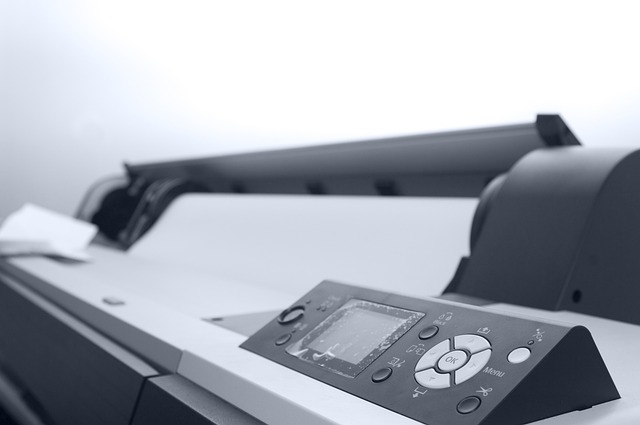The world of digital media is an ever-evolving landscape, filled with tools and techniques that can dramatically alter the way we perceive content. One such technique, the fade-in, has the power to set the tone, capture attention, and create a seamless transition into storytelling. Whether you’re creating a video, designing a presentation, or developing an innovative web experience, understanding how to effectively utilize the fade-in can enhance the impact of your message.
But what exactly is a fade-in? It’s a gradual transition—a way of introducing content by smoothly increasing its visibility from nothing to full opacity. It’s more than just a visual technique; it’s a psychological tool that draws viewers in, compelling them to pay attention and emotionally connect with the material.
Different formats can leverage the power of the fade-in in unique ways. In film and video, a fade-in can signify the beginning of a story, a moment of tension, or the birth of an idea. Imagine the screen slowly illuminating with a breathtaking landscape as a haunting melody plays, instantly transporting the audience into the world of your narrative. This subtle yet powerful effect helps to establish mood and context, making your content resonate on a deeper level.
In digital presentations, the fade-in serves a different purpose. It can be used to guide the viewer’s focus, presenting one idea at a time instead of overwhelming them with information. As each point fades in, it gives the audience a moment to absorb the content before moving forward. This pacing creates a natural rhythm, enhancing understanding and retention.
Web design also benefits from the utilization of the fade-in. Imagine a website where elements elegantly fade in as the user scrolls down the page. This not only keeps the audience engaged but also adds a layer of sophistication to the overall design. It creates an interactive experience, prompting users to explore more while feeling drawn into your brand’s story.
Moreover, with the rise of social media, the fade-in has made its mark in short-form content. Think about how the fade-in can elevate a simple post or advertisement. It’s the difference between a static image and a dynamic, eye-catching animation that holds the viewer’s attention as it slowly becomes clearer. The transition allows for a moment of anticipation, making the message feel more impactful.
Ultimately, the art of the fade-in transcends mere technique; it’s about creating an experience that resonates with your audience. By mastering this powerful format, you can unlock the potential of your content, transforming how it’s perceived and experienced. So, whether you’re a filmmaker crafting a compelling narrative, a designer refining a web layout, or a marketer engaging your audience, remember the simple yet profound effect of the fade-in. It’s a small touch that can make a significant difference in how your story is told.


